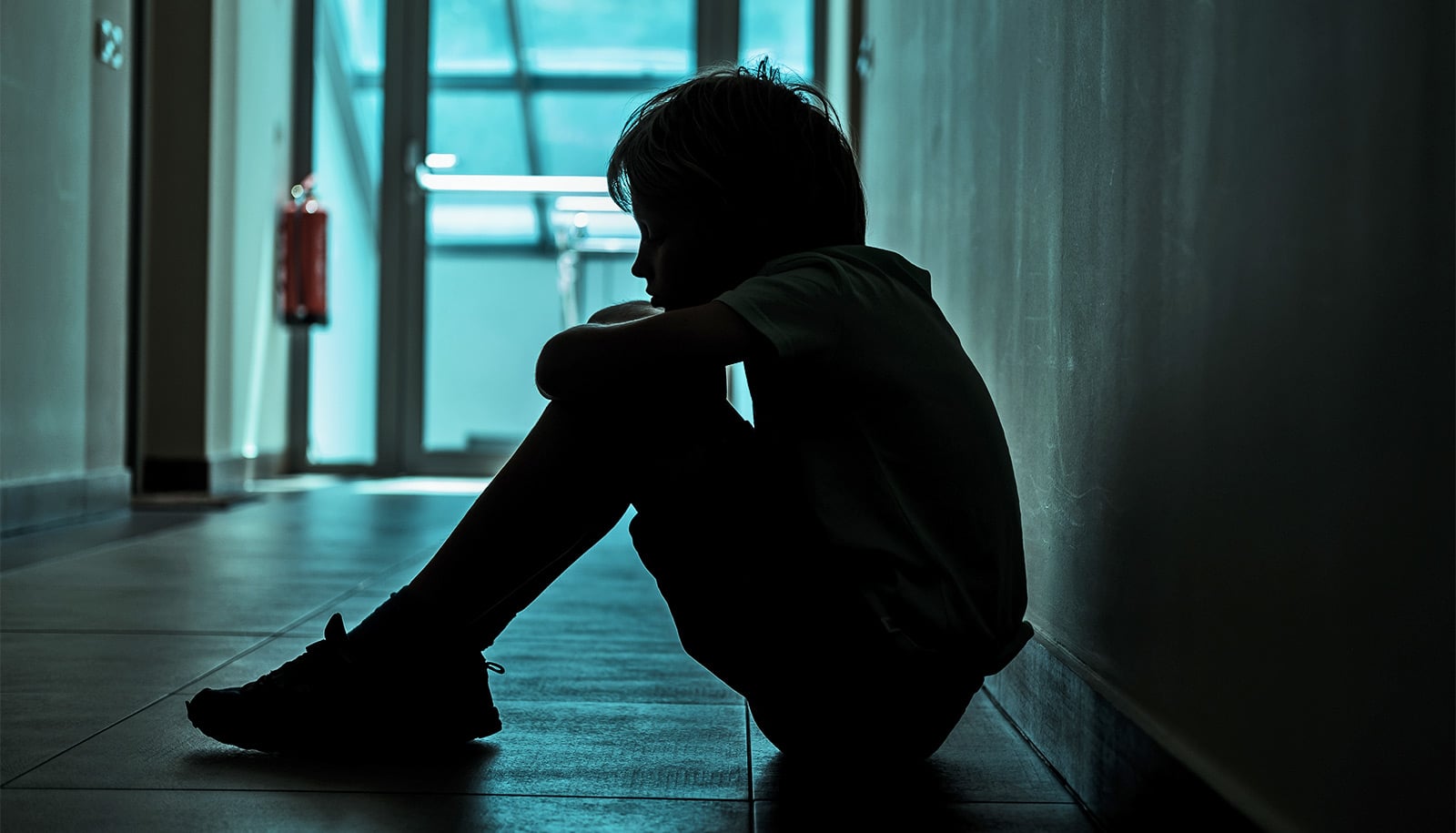
(Credit: Getty Images )
Living in violent neighborhoods changes kids’ brains
Living in violent neighborhoods can change children's brain development, but parents can shield them from the detrimental effects.
Living in neighborhoods with high levels of violence can affect children’s brain development, according to a new study.
Researchers found that living in violent places changes the way that a part of the brain detects and responds to potential threats, which could lead to poorer mental health and other negative outcomes.
But the findings also indicate that nurturing parents can help protect kids against these detrimental effects.
Decades of research have shown that growing up in neighborhoods with concentrated disadvantages can predict negative academic, behavioral, and mental health outcomes in children and teens.
Recent research is beginning to show that one way it does that is by impacting the developing brain, says Luke Hyde, professor of psychology at the University of Michigan and coauthor of the study in Developmental Psychology . “However, less is known about how neighborhood disadvantage ‘gets under the skin’ to impact brain development,” he says.
Hyde and colleagues hypothesized that one way might be through the amygdala, the hub of the brain’s stress response system that’s involved in socioemotional functioning, threat processing, and fear learning.
The amygdala is sensitive to facial expressions. Previous research has found that children who have been abused or neglected by family members, for example, show increased reactivity in the amygdala when looking at faces with negative, fearful, or neutral expressions.
To study whether exposure to neighborhood violence might also affect youth’s amygdala reactivity, the researchers analyzed data from 708 children and teens ages 7 to 19, recruited from 354 families enrolled in the Michigan Twins Neurogenetic Study.
Most were from neighborhoods with above-average levels of poverty and disadvantage, as measured by the US Census Bureau. Of the participants, 54% were boys, 78.5% were white, 13% were Black, and 8% were other races and ethnicities. The participants lived in a mix of rural, suburban, and urban areas in and around Lansing, Michigan.
Participants completed surveys that asked about their exposure to community violence, their relationship with their parents, and their parents’ parenting style. They also took part in an experiment in which their brains were scanned by functional MRI while they looked at faces that were angry, fearful, happy, or neutral.
Overall, the researchers found that participants who lived in more disadvantaged neighborhoods reported more exposure to community violence. And participants who reported more exposure to community violence showed higher levels of amygdala reactivity to fearful and angry faces.
The results held even when controlling for an individual family’s income, parental education and other socioeconomic factors as well as forms of violence exposure in the home.
“This makes sense as it’s adaptive for adolescents to be more in tune to threats when living in a more dangerous neighborhood,” Hyde says.
However, the researchers also found that nurturing parents seemed to be able to break the link between community violence and amygdala reactivity.
“Children with more nurturing and involved parents were not as likely to be exposed to community violence, and for those who were exposed, having a more nurturing parent diminished the impact of violence exposure on the brain,” says Gabriela Suarez, a graduate student in developmental psychology and the study’s lead author.
“These findings highlight how nurturing and involved parents are helping to support their children’s success, even in potentially harsh environments, and offer clues as to why some youth are resilient even when facing adversity.”
The study highlights the need for structural solutions to protect children from the negative impact of exposure to community violence. It also points to how strong, positive parents can promote resilience among children and teens exposed to adversity, the researchers says.
“Parents may be an important buffer against these broader structural inequalities, and thus working with parents may be one way to help protect children—while we also work on policies to reduce the concentration of disadvantage in neighborhoods and the risk for exposure to violence in the community,” says coauthor Alex Burt, professor of psychology at Michigan State University.
Additional coauthors are from Michigan State and the University of Maryland.
Source: University of Michigan
The post Living in violent neighborhoods changes kids’ brains appeared first on Futurity .
Share this article:
This article uses material from the Futurity article, and is licenced under a CC BY-SA 4.0 International License. Images, videos and audio are available under their respective licenses.
Related Articles:
Spanking may do even more harm globally than we thought
Nov. 26, 2018 • futurityExpert: Let’s invest in parents of young children
April 29, 2022 • futurityLinks/images:
- https://www.futurity.org/adversity-emotional-support-parents-2793102-2/
- https://doi.org/10.1037/dev0001712
- https://www.futurity.org/violence-neighborhoods-schools-academics-1783012/
- https://www.futurity.org/intimate-partner-violence-children-outreach-2403292/
- https://news.umich.edu/living-in-a-violent-neighborhood-affects-childrens-brain-development/
- https://www.futurity.org/violence-neighborhoods-brains-parents-3184542/
- https://www.futurity.org


